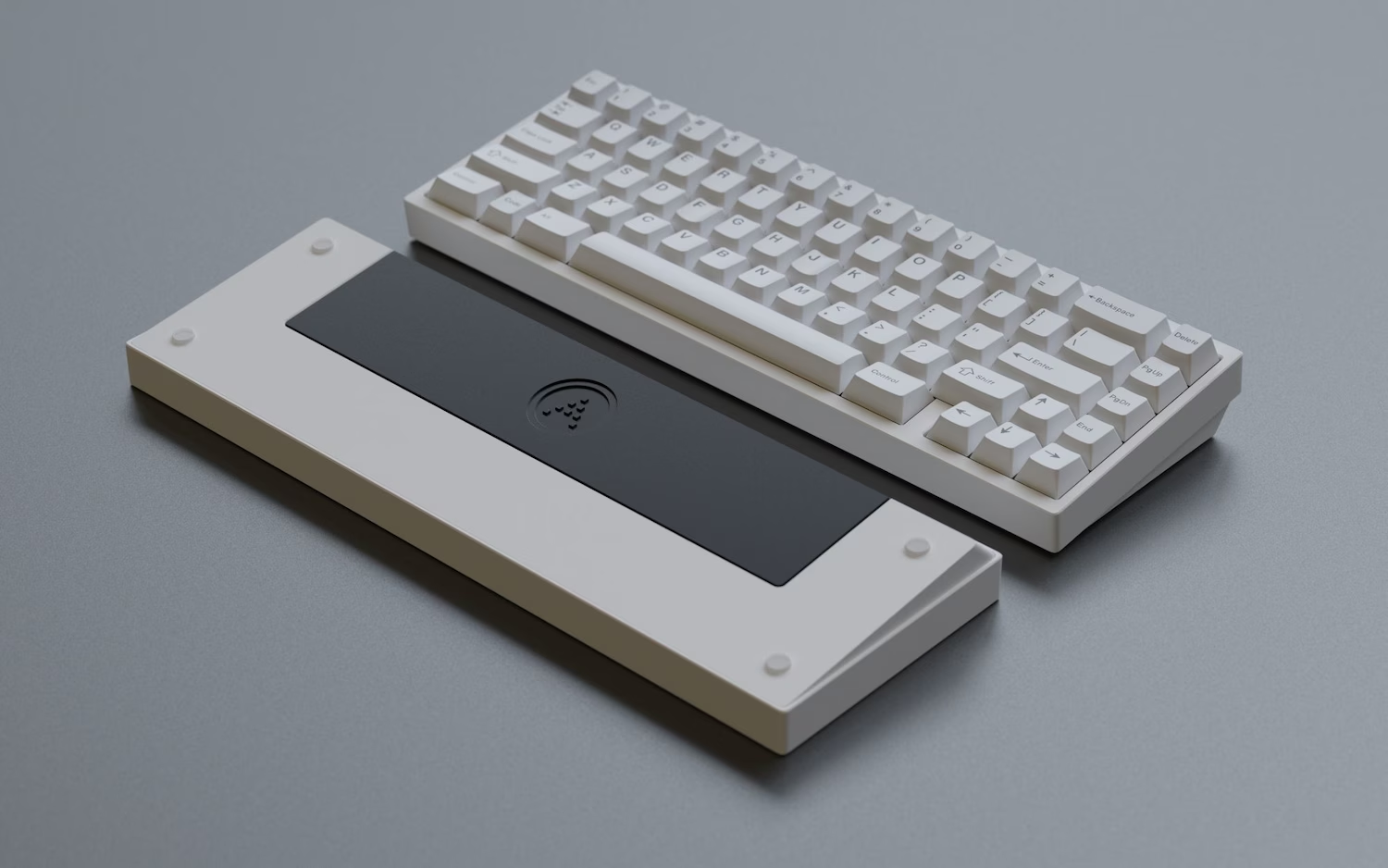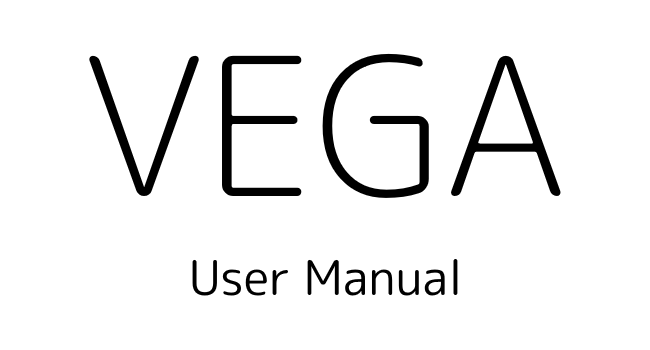Vega Build Guide
Pages
Vega Build Guide - Page 1


Thank you for your purchase!
We’ve done our best to put in everything we know into this board.
To get the best out of it, it is important to assemble it correctly.
This build guide outlines the exact steps to take to get it built.
Warning: Damage, imperfections, etc. due to disregarding the build guide instructions cannot be accounted for. We won’t be able to refund or replace parts if you decide to build it by gut instinct and mess up somewhere.
What’s in the box
- The Vega case, plate, and PCB,
- A set of long gaskets,
- A set of short gaskets,
- A set of small rectangular gaskets,
- The foam layers, one for above the PCB and two for below the PCB,
- A wafer of stabilizer shims (break apart as necessary),
- A large Torx key and a small Torx key (T10 and T6 respectively),
- Some rubber feet,
- A lot of custom cut packing foam,
- The piece of paper warning everyone to read the build guide.
If anything is missing, please let us know immediately and we’ll supply it as soon as possible.
Parts and tools necessary for building
- Enough switches to cover your preferred layout, likely lubed and tuned,
- Stabilizers for all the larger keys of your preferred layout,
- Keycaps of your choice,
- A USB-C cable which follows USB spec,
- Soldering equipment if you purchased the soldering kit.
Tools that aren’t required but are useful
- A pair of flat-head pliers,
- Some sort of desoldering equipment (if you purchased a soldering kit).
Before we begin
Just a few quick heads up regarding some things you should know.
-
Refrain from wiping down the board with strong chemicals such as 90+% isopropyl alcohol, especially for the weight. This will ruin the matte coat and leave you with a semi-glossy tacky mess.
The weight can handle a lighter alcohol mix for cleaning off the surface out of the box; however, please don’t do this at too high of a frequency or with too strong of a chemical for the risk of coating damage. -
Both the case and USB port have extensive ESD protection circuitry; however, they are not fail-safes (e.g. it isn’t ideal to set a house on fire even if it has a powerful sprinkler system). Take care to discharge any excess static buildup before use, especially during building or disassembling when the PCB circuitry is exposed and unprotected.
-
Do not overtighten the screws. Simply stop when the screws want to stop; overtightening risks destroying the board as well as causing nasty acoustics such as excessive pinging.
-
There seems to be an occasional faulty Torx key among the batches; if your included Torx key has trouble removing a screw, use a third-party driver of the correct size (T6 for case/plate screws) and of decent quality. In addition, make sure that the driver is thin enough that it doesn’t chip away at the inner sides of the case.
-
Read through the build guide once before actually carrying through with it, so you have a good idea of what’s upcoming at the next step. You can navigate the book using the panel on the left (large screens) or at the top (mobile), or use the link at the end of each part.
-
The custom cut foam and box is useful for storing and/or reselling the board. We recommend that you keep it for board safekeeping and transit; otherwise please recycle the box for the sake of our planet.
Ready? Let’s begin.
Next Page